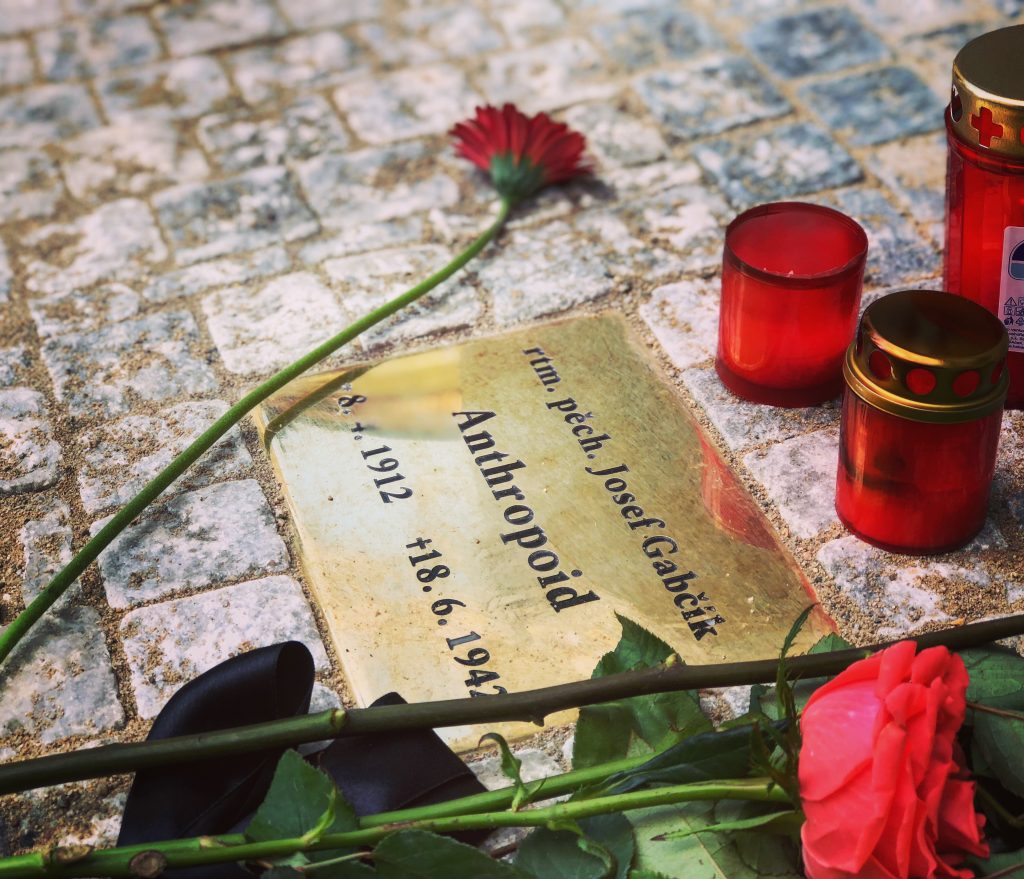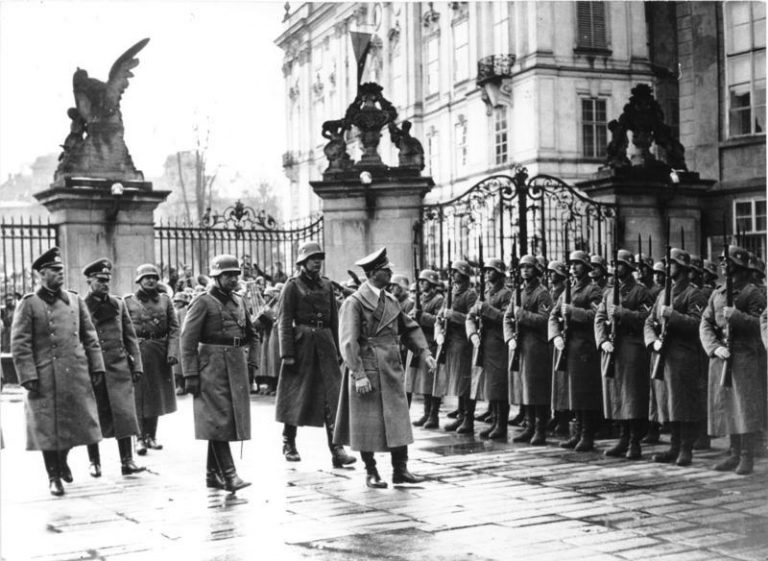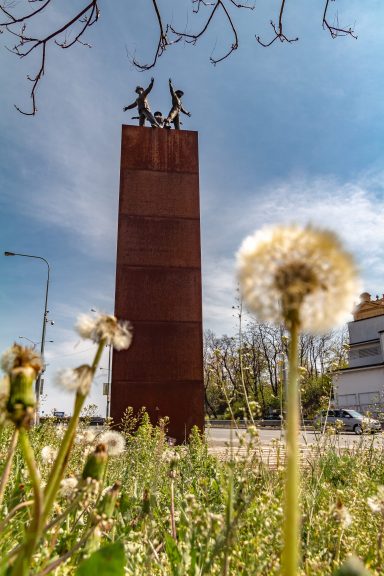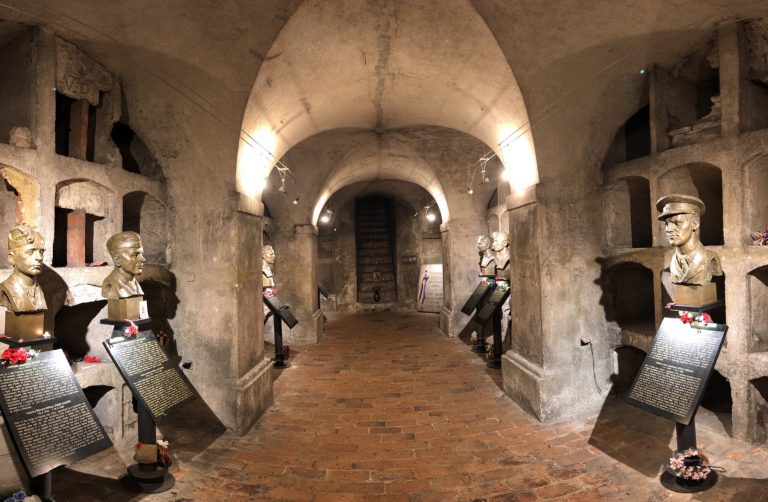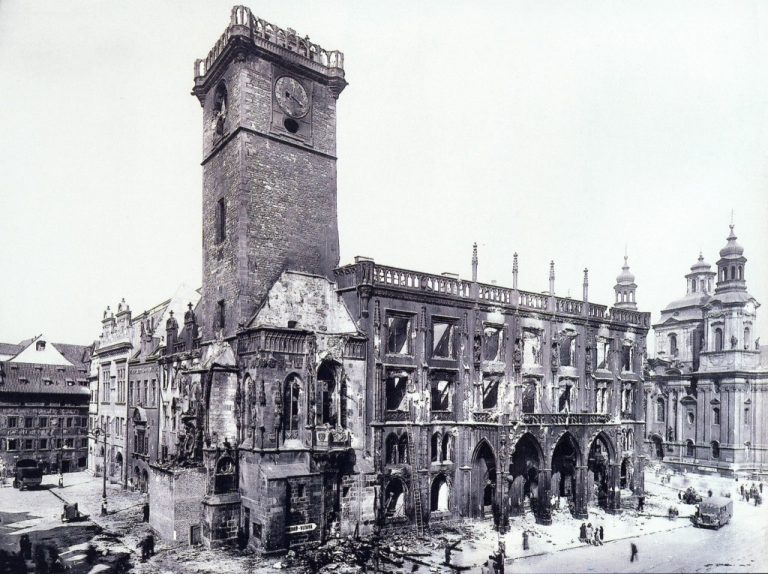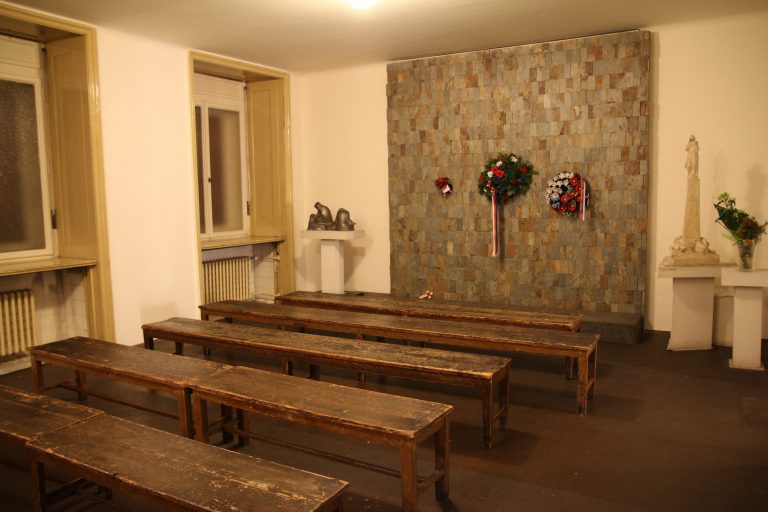TIP: See these sights in person with me.
I would love to show you all the sites in person. Just book your spot. Write me an email at jana@praguejourneys.com with a preferred date. The tour usually takes approx. 2,5 hours. The cost is 180 € – paid via Revolut during the booking.

